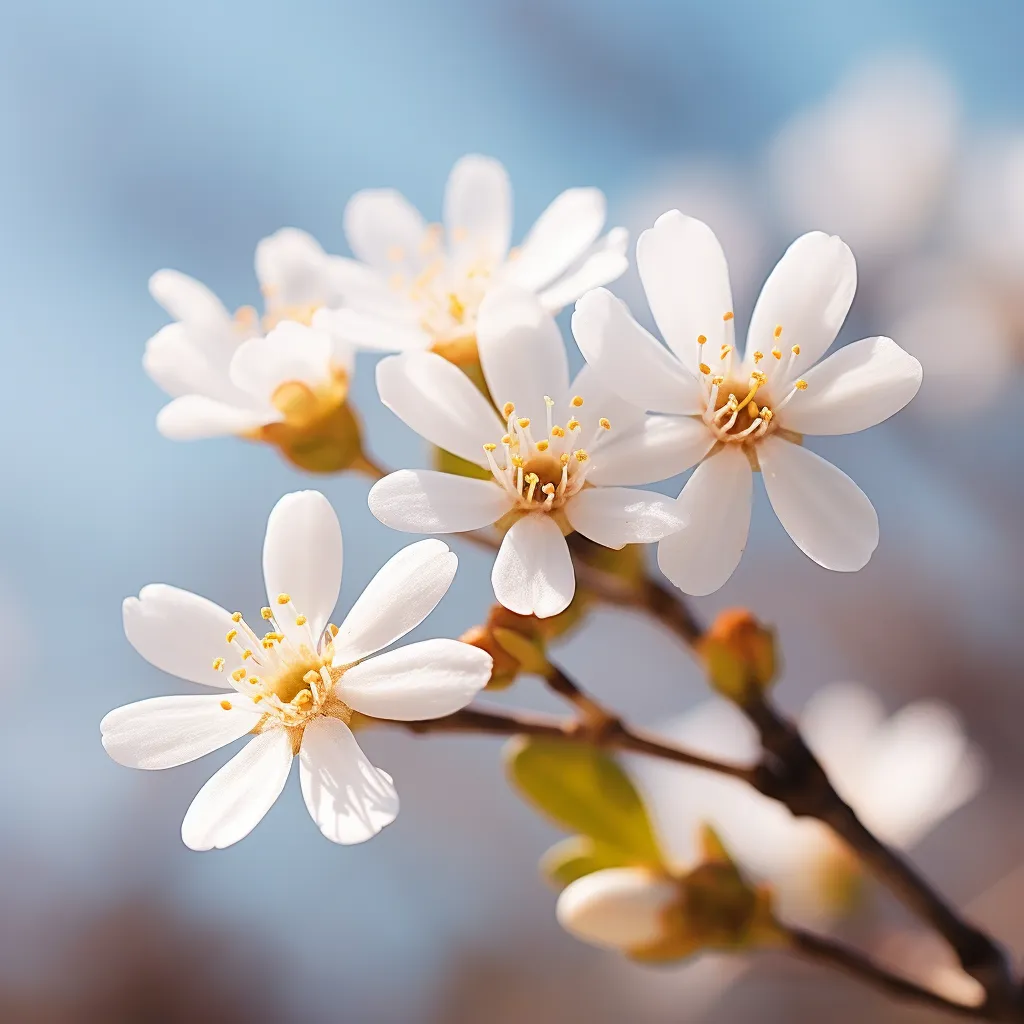Story of Day :
Contents
Olearia macrodonta (New Zealand holly) Plant Care Tips
Are you looking to add a touch of uniqueness and beauty to your garden? Look no further than the Olearia macrodonta, commonly known as New Zealand holly.
This stunning evergreen shrub is native to New Zealand and is loved by gardeners for its silver-gray foliage and beautiful daisy-like flowers.
Introduction to Olearia macrodonta
Olearia macrodonta belongs to the Asteraceae family and can grow up to 3 meters in height.
The plant produces clusters of small white flowers with bright yellow centers that bloom from late spring to early summer, attracting bees and butterflies.
Planting Location

The key to successful Olearia macrodonta care starts with choosing the right planting location.
This plant thrives in full sun or partial shade, so make sure it gets at least six hours of direct sunlight each day.
It prefers well-draining soil but can tolerate a wide range of soil types, including sandy or clay soils.
Tips:
- Choose a sheltered spot if you live in an area with strong winds as this can damage the delicate leaves.
- If planting multiple shrubs, ensure there is enough space between them for proper air circulation.
Watering Requirements
Olearia macrodonta requires regular watering during its establishment period but becomes highly drought tolerant once established.
Water deeply once or twice a week until the roots are well-established.
Once established, water only during prolonged dry periods or when the leaves begin wilting.
Tips:
- Avoid overwatering, as it can lead to root rot and other fungal diseases.
- Consider using a soaker hose or drip irrigation system to water deeply without wetting the leaves.
Pruning and Maintenance
Pruning is an essential part of Olearia macrodonta care.
Regular pruning helps maintain its compact shape and encourages bushier growth.
Prune in late winter or early spring before new growth begins.
Remove any dead, damaged, or crossing branches to improve air circulation and minimize disease risks.
Tips:
- Sterilize your pruning tools before each use to prevent the spread of diseases.
- Avoid heavy pruning as it can lead to unsightly regrowth.

Pest and Disease Control
Olearia macrodonta is generally resistant to most pests and diseases.
However, like any plant, it may occasionally face some issues such as aphids or powdery mildew.
Tips:
- Inspect your plants regularly for signs of pests or diseases.
- If necessary, use organic insecticidal soap or neem oil to control aphids.If powdery mildew appears on the leaves, remove affected foliage promptly and avoid overhead watering.
Fertilization

Olearia macrodonta doesn’t require heavy fertilization but can benefit from a light feeding in spring with a slow-release fertilizer formulated for shrubs.
Tips:
>
Propagation
Olearia macrodonta can be propagated from both seeds and semi-hardwood cuttings.
Seeds should be sown in late winter or early spring in a seed tray filled with a well-draining compost mix.
Semi-hardwood cuttings can be taken in summer when the stems are semi-ripe.
Tips:
- Provide bottom heat to improve germination rates of seeds.
- Dip the cut ends of the semi-hardwood cuttings into rooting hormone before planting them in a well-draining potting mix.</l
Summary
Olearia macrodonta, also known as New Zealand holly, is an eye-catching addition to any garden.
By following these care tips, you can ensure your Olearia macrodonta thrives and continues to beautify your garden for years to come:
- Select a suitable planting location with full sun or partial shade.</lil
- Water deeply during establishment period and reduce watering once established.
</lil< - Prune regularly to maintain shape and remove dead or damaged branches.
</state